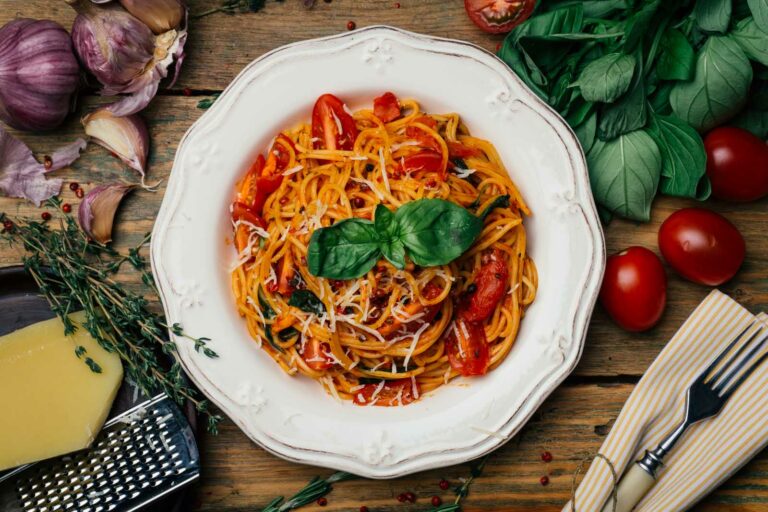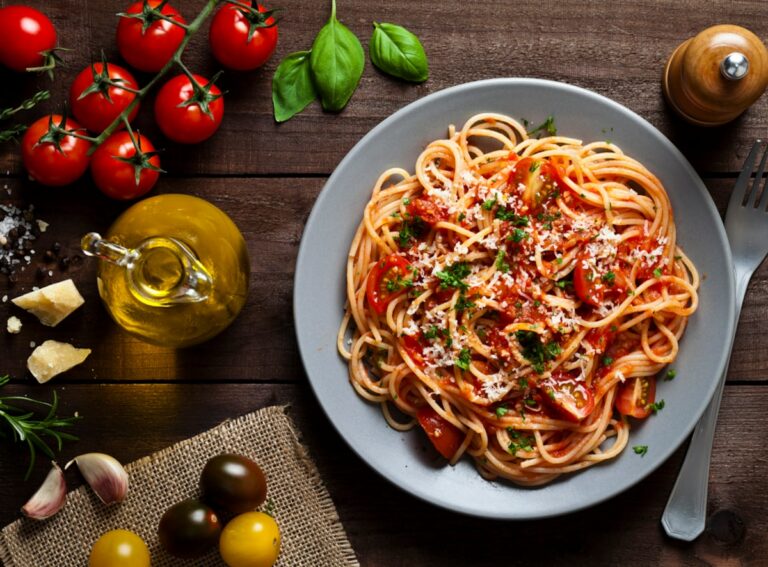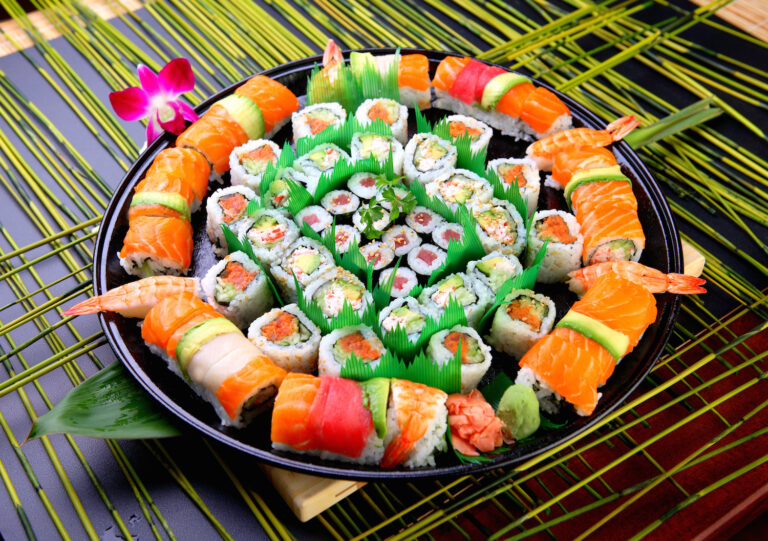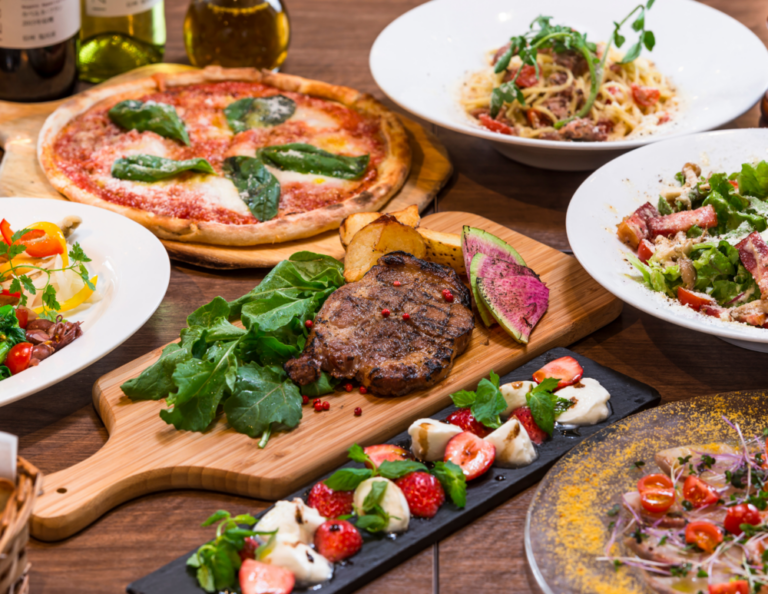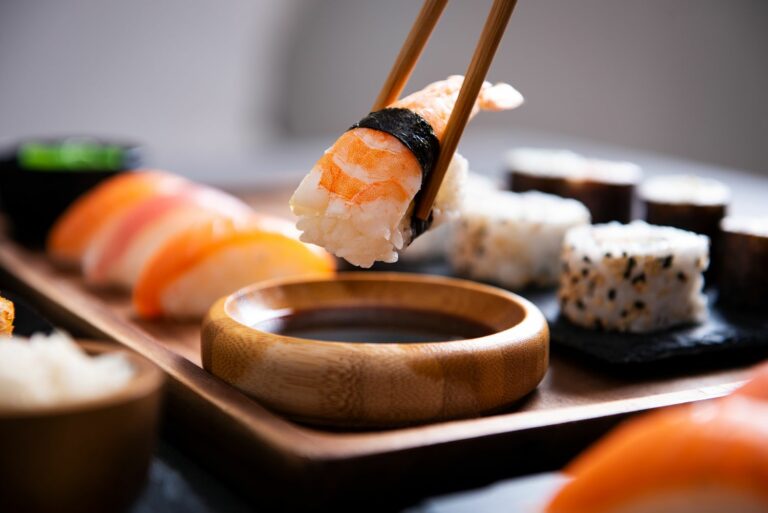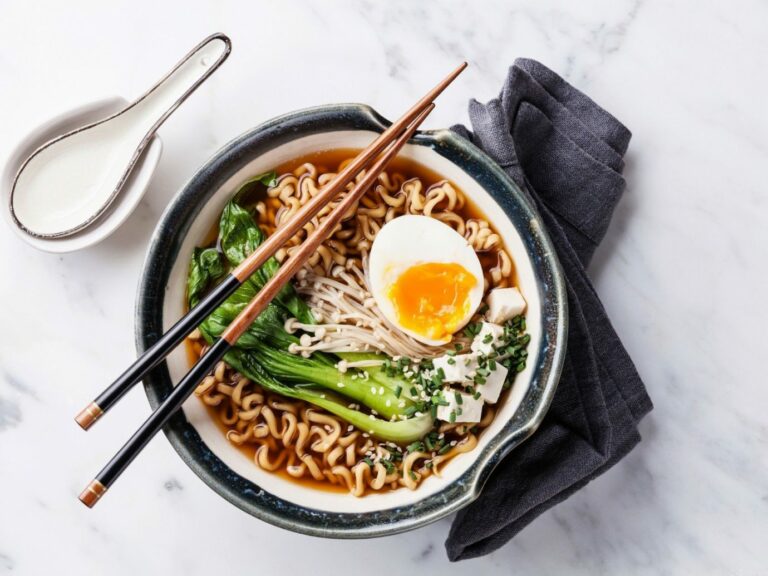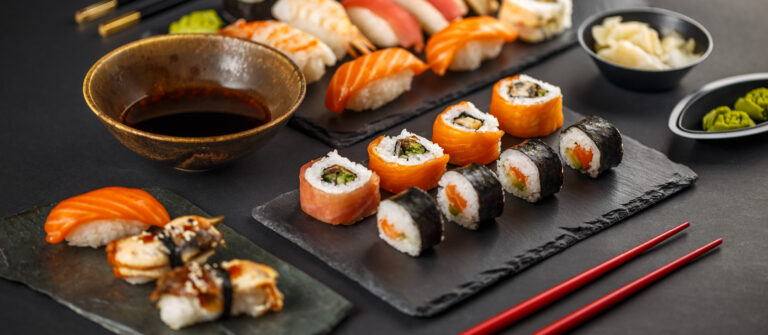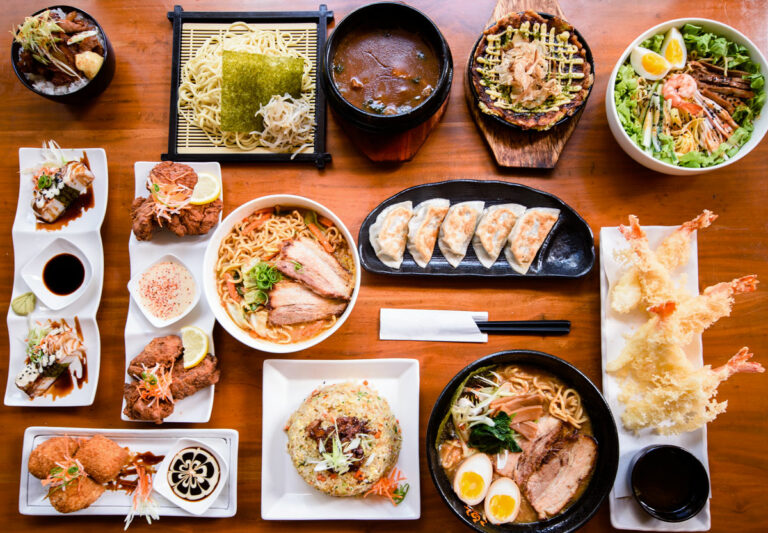Introduction: Exploring Italy’s Hidden Culinary Treasures
Italian cuisine is renowned all over the world, and dishes like pizza, pasta, and gelato are ubiquitous. However, there are many lesser-known regional dishes and ingredients that are just as delicious and worth discovering. From the north to the south of Italy and its beautiful islands, there is a culinary diversity that reflects the country’s diverse history and geography.
Northern Italy: From Bagna Cauda to Canederli
The cuisine of Northern Italy is characterized by hearty dishes that feature ingredients like polenta, cured meats, and cheese. One lesser-known dish is Bagna Cauda, a warm dip made with garlic, anchovies, olive oil, and butter, usually served with raw vegetables like carrots and fennel. Another regional dish is Canederli, or bread dumplings, which are made with stale bread, eggs, milk, and either speck or cheese. They can be served in broth, as a side dish, or as a main course with vegetables.
Central Italy: Discovering Pici and Cacio e Pepe
Central Italy is home to some of Italy’s most iconic dishes, like spaghetti alla carbonara and amatriciana. However, there are also lesser-known dishes worth trying. Pici is a type of handmade pasta that is thicker than spaghetti and usually served with a ragù or a tomato sauce. Cacio e Pepe is a simple yet delicious dish made with only three ingredients: pecorino Romano cheese, black pepper, and spaghetti. The cheese, pepper, and pasta water are combined to make a creamy sauce that coats the pasta.
Southern Italy: Tasting the Flavors of Calabria and Apulia
The cuisine of Southern Italy is characterized by the use of fresh and simple ingredients, like tomatoes, olives, capers, and seafood. Calabria and Apulia are two regions that feature unique culinary traditions. In Calabria, ‘Nduja is a spicy spreadable salami that is used in a variety of dishes, from pasta to pizza. In Apulia, Orecchiette alle Cime di Rapa is a popular dish made with small ear-shaped pasta, rapini, garlic, and chili flakes.
Islands: Exploring Sardinian Culinary Traditions
Sardinia is an island off the coast of Italy that has its own unique culinary traditions. One iconic dish is Malloreddus, or Sardinian gnocchi, which are small dumplings made with semolina flour and saffron, usually served with a tomato sauce or sausage. Another dish is Porceddu, or roasted suckling pig, which is a staple at festivals and celebrations. Sardinia is also known for its cheeses, like Pecorino Sardo, a sheep’s milk cheese with a nutty flavor.
Conclusion: Embracing the Diversity of Italian Cuisine
Italian cuisine is much more than just pizza and pasta. There are countless regional dishes and ingredients that reflect the country’s diverse culinary traditions. From the hearty dishes of Northern Italy to the fresh and simple flavors of Southern Italy and the unique culinary traditions of Sardinia, there is always something new to discover. By embracing the diversity of Italian cuisine, we can truly appreciate the richness of this beautiful country’s culinary heritage.

